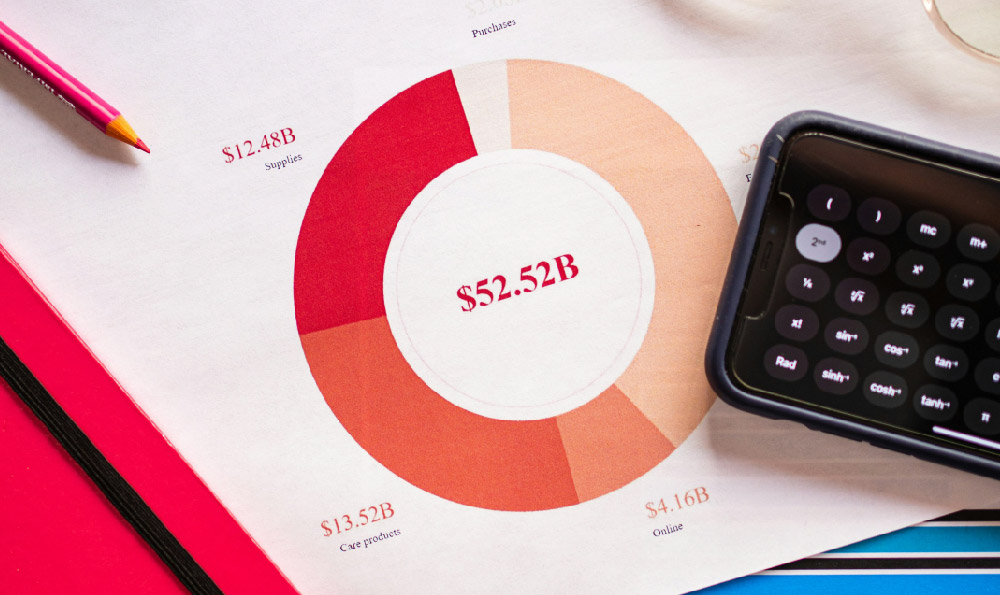Investing in bonds can be a prudent way to diversify your portfolio and potentially generate income, but it's crucial to understand the nuances of the bond market before diving in. The question of whether you can "really make money" investing in bonds depends heavily on your investment goals, risk tolerance, the specific types of bonds you choose, and the overall economic environment. While bonds generally offer lower returns compared to stocks, they also typically come with lower risk, making them a valuable component of a well-rounded investment strategy.
To begin, it's important to define what a bond is. Essentially, a bond is a debt instrument where you, the investor, loan money to an issuer (government, corporation, or municipality) who promises to repay the principal amount at a specified future date (maturity date) along with periodic interest payments (coupon payments). This fundamental understanding is crucial before even considering potential returns.
Several factors determine the potential profitability of bond investments. The first is the prevailing interest rate environment. Bond prices and interest rates have an inverse relationship. When interest rates rise, the value of existing bonds tends to fall, and vice versa. This is because newly issued bonds will offer higher yields, making older bonds with lower yields less attractive. Conversely, if interest rates fall, existing bonds become more valuable because they offer a higher return compared to newly issued bonds. Therefore, carefully analyzing the current and projected interest rate environment is essential. Central bank policies, inflation expectations, and economic growth forecasts all play a crucial role in shaping interest rate trends.

The creditworthiness of the bond issuer is another critical determinant of potential returns and risk. Bonds are rated by agencies like Moody's, Standard & Poor's, and Fitch, based on their assessment of the issuer's ability to repay the debt. Bonds with higher credit ratings (e.g., AAA or AA) are considered safer but generally offer lower yields. Lower-rated bonds (e.g., BBB or below, often referred to as "junk bonds" or "high-yield bonds") offer higher yields to compensate investors for the increased risk of default. Investing in high-yield bonds can potentially generate higher returns, but it also carries a significantly higher risk of losing your investment if the issuer defaults. Thoroughly researching the credit rating and financial health of the issuer is paramount before investing in any bond.
The maturity date of the bond also influences its potential returns and sensitivity to interest rate changes. Bonds with longer maturities are generally more sensitive to interest rate fluctuations than bonds with shorter maturities. This is because investors are locking in a fixed interest rate for a longer period, making them more vulnerable to changes in the prevailing interest rate environment. While longer-maturity bonds may offer higher yields, they also carry greater interest rate risk.
Different types of bonds offer varying levels of risk and return potential. Government bonds, issued by national governments, are generally considered the safest type of bond, especially those issued by developed countries with strong economies. Corporate bonds, issued by companies, offer higher yields than government bonds but also carry a higher risk of default. Municipal bonds, issued by state and local governments, offer tax advantages in some cases, which can increase their overall return for certain investors. Inflation-indexed bonds, such as Treasury Inflation-Protected Securities (TIPS), are designed to protect investors from inflation by adjusting the principal amount based on changes in the Consumer Price Index (CPI). These bonds can be a good option for investors concerned about the impact of inflation on their investment returns.
Several strategies can be employed to enhance potential returns and manage risk in bond investments. One common strategy is to build a bond ladder, which involves investing in bonds with staggered maturity dates. This strategy helps to mitigate interest rate risk by ensuring that a portion of the portfolio matures regularly, allowing investors to reinvest the proceeds at current interest rates. Another strategy is to actively manage the bond portfolio by adjusting the duration (a measure of a bond's sensitivity to interest rate changes) based on expectations for future interest rate movements. However, active management requires significant expertise and involves higher transaction costs.
Investing in bond funds or exchange-traded funds (ETFs) is another popular option for gaining exposure to the bond market. Bond funds and ETFs offer diversification and professional management, making them a convenient choice for investors who lack the time or expertise to manage individual bonds. However, it's important to carefully evaluate the fund's expense ratio, investment strategy, and credit quality of its holdings before investing.
Avoiding common pitfalls is essential for successful bond investing. One common mistake is chasing yield by investing in high-yield bonds without fully understanding the associated risks. Another mistake is neglecting to diversify the bond portfolio, which can increase the risk of losses if one issuer defaults. It's also crucial to avoid making emotional decisions based on short-term market fluctuations. A disciplined, long-term approach is generally the most effective way to achieve positive returns in bond investing.
Ultimately, making money in bonds requires a strategic approach that takes into account your individual circumstances, risk tolerance, and investment goals. By understanding the factors that influence bond prices and yields, diversifying your portfolio, and avoiding common mistakes, you can increase your chances of achieving your financial objectives through bond investments. It’s important to remember that even the most seasoned investors experience losses from time to time. The key is to manage risk effectively and maintain a long-term perspective. Consult with a qualified financial advisor to determine the most appropriate bond investment strategy for your specific needs.











